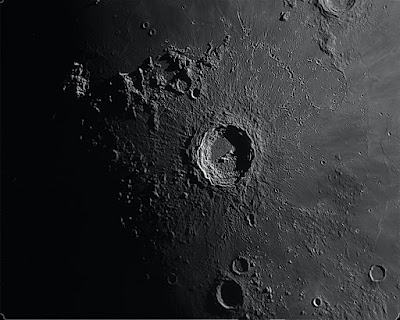Friday, February 25, 2022
A few more heavenly jewels from last nights astro-imaging!
First Effort at Messier 78 nebula area
Messier 78 or M78, also known as NGC 2068, is a reflection nebula in the constellation Orion. It was discovered by Pierre Méchain in 1780 and included by Charles Messier in his catalog of comet-like objects that same year.M78 is the brightest diffuse reflection nebula of a group of nebulae that includes NGC 2064, NGC 2067 and NGC 2071. It is about 1,350 light-years distant from Earth.
M78 is easily found in small telescopes as a hazy patch and involves two stars of 10th and 11th magnitude.
This is my first effort at this beautiful nebula. With more data and a different camera I am sure I can draw out even more color and detail! Got to do it again !!
Did you know that the constellation Orion is mentioned four times in the Bible?
Job 9:9 He (God the Creator) is the Maker of the Bear and Orion, the Pleiades and the constellations of the south.
Job 38:31 (God speaking) “Can you bind the chains of the Pleiades? Can you loosen Orion’s belt?"
Amos 5:8 He who made the Pleiades and Orion, who turns midnight into dawn and darkens day into night, who calls for the waters of the sea and pours them out over the face of the land— the LORD is his name.
Isaiah 13:10-11 For the stars of the heavens and their constellations will not give their light; the sun will be dark at its rising, and the moon will not shed its light. (God speaking) I will punish the world for its evil, and the wicked for their iniquity; I will put an end to the pomp of the arrogant, and lay low the pompous pride of the ruthless.
Sunday, February 13, 2022
Lunar Closeups Part 3
Then right click on each image and selecting 'open image in new tab'.
Then click on the tab it created and you can zoom around that tab and see the tiny details!)
Friday, February 11, 2022
Lunar Closeups! Part 2
As promised, here are some more images of last night's moon!
Wednesday, February 9, 2022
Lunar Closeups! Part 1
Tuesday, February 8, 2022
The Leo Triplet of Galaxies
Data:
Telescope: Celestron 6 inch SCT
Mount: Celestron AVX
Guiding: ZWO monochrome camera with PHD2 guiding
Stack of five images in Affinity Photo of 240 sec each
ISO 3200
Post processed in Luminar 2018
M 13 globular star Cluster
Monday, February 7, 2022
M 42, the Great Orion Nebula under a first quarter Moon
Just a quick image of M 42, the Great Orion Nebula under a nearly first quarter Moon last night. I never tire of its beauty!
Data:
Scope: C6 Celestron SCT on AVX mount
Guiding: PHD2 and ZWO 120MMC camera
Camera: Canon T3i (unmodded)
Optolong L-Pro light pollution filter
Stack of 5: 5, 15, 60, 120, 360 sec
ISO 800
Stacked with Affinity Photo
Post-processed in Luminar 2018
Comet Lemmon - October 25, 2025
You all have likely heard of the comet gracing our evening sky: Comet Lemmon (aka Comet C/2025 A6 (Lemmon) It is in the constellation of S...

-
The Copernicus region of the Moon has many interesting features. What unusual or unexpected features do you see? Image taken February 6, 202...
-
This is actually a LARGE image so to explore the Moon: First click on this photo to open it in another tab... (it might take a few moments f...
-
The above is the result of 3 hours of imaging on January 24, 2025 of "Thor's Helmet" nebula (aka NGC 2359) with the ZW0 585M...






























